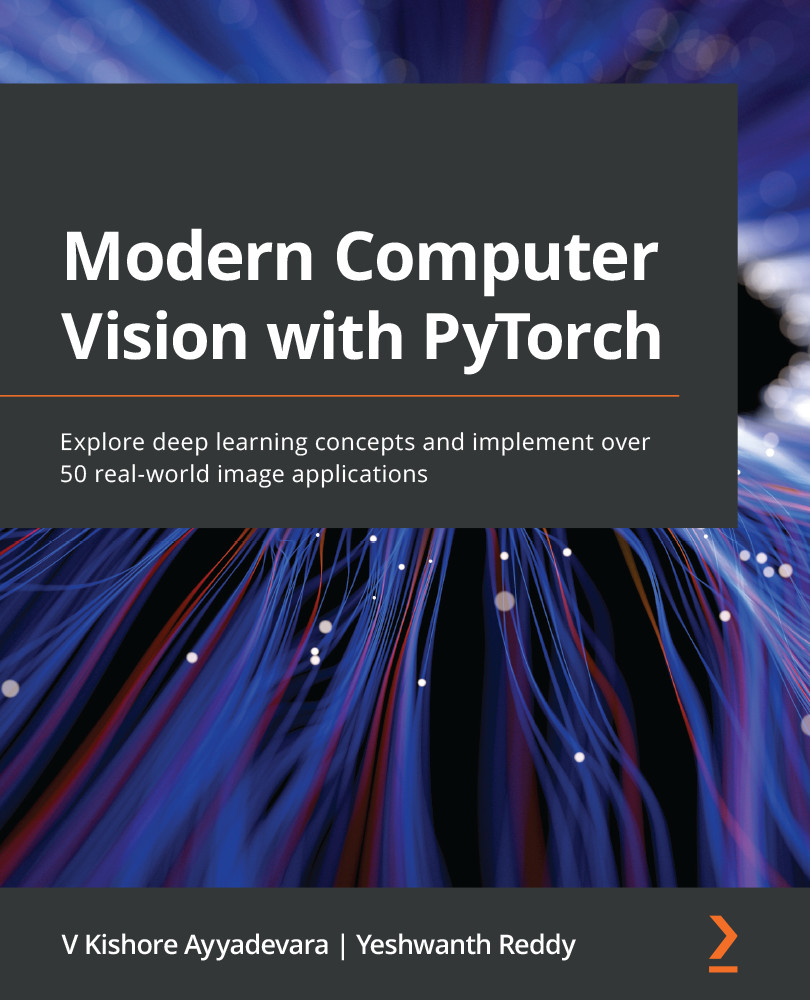In the previous chapter, we learned how to code a neural network using PyTorch. We also learned about the various hyperparameters that are present in a neural network, such as its batch size, learning rate, and loss optimizer. In this chapter, we will shift gears and learn how to perform image classification using neural networks. Essentially, we will learn how to represent images and tweak the hyperparameters of a neural network to understand their impact.
For the sake of not introducing too much complexity and confusion, we only covered the fundamental aspects of neural networks in the previous chapter. However, there are many more inputs that we tweak in a network while training it. Typically, these inputs are known as hyperparameters. In contrast to the parameters in a neural network (which are learned during training), these inputs...


